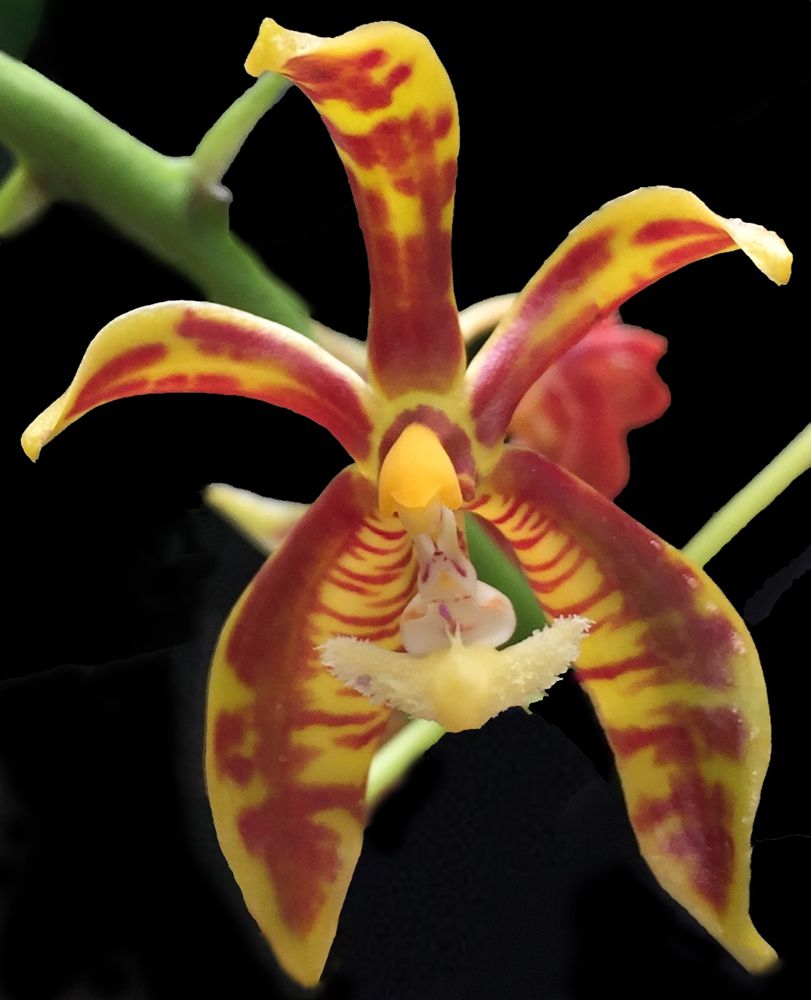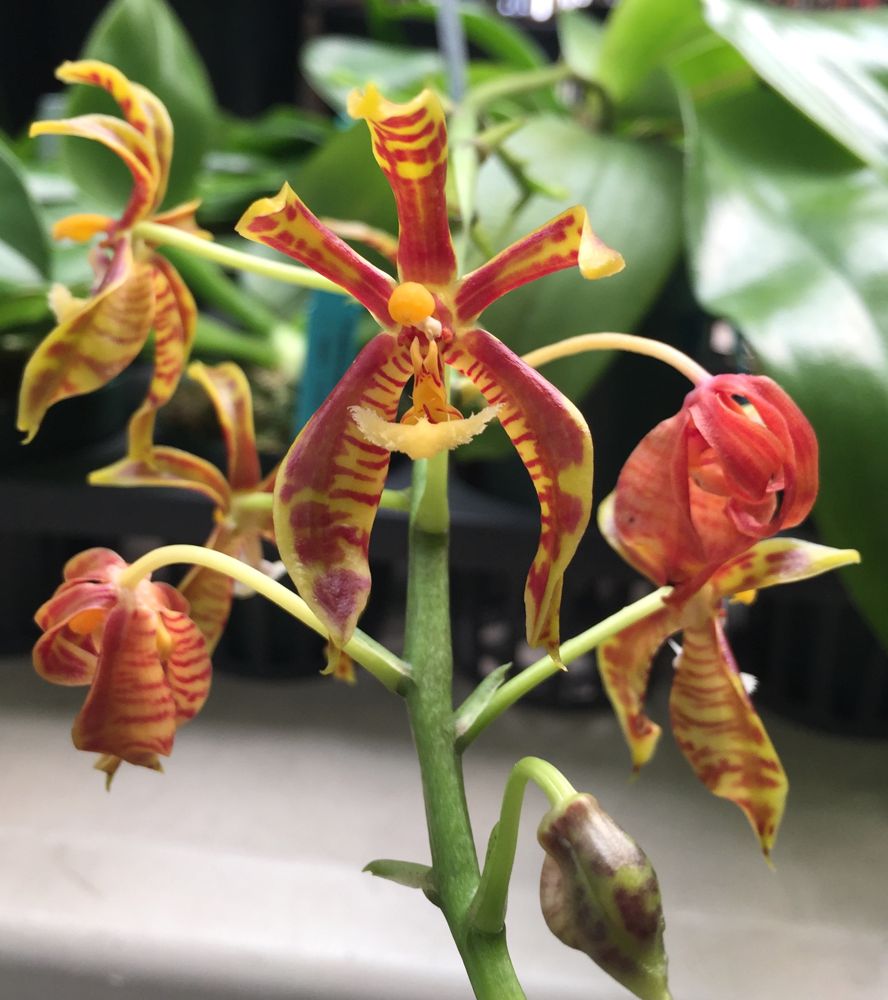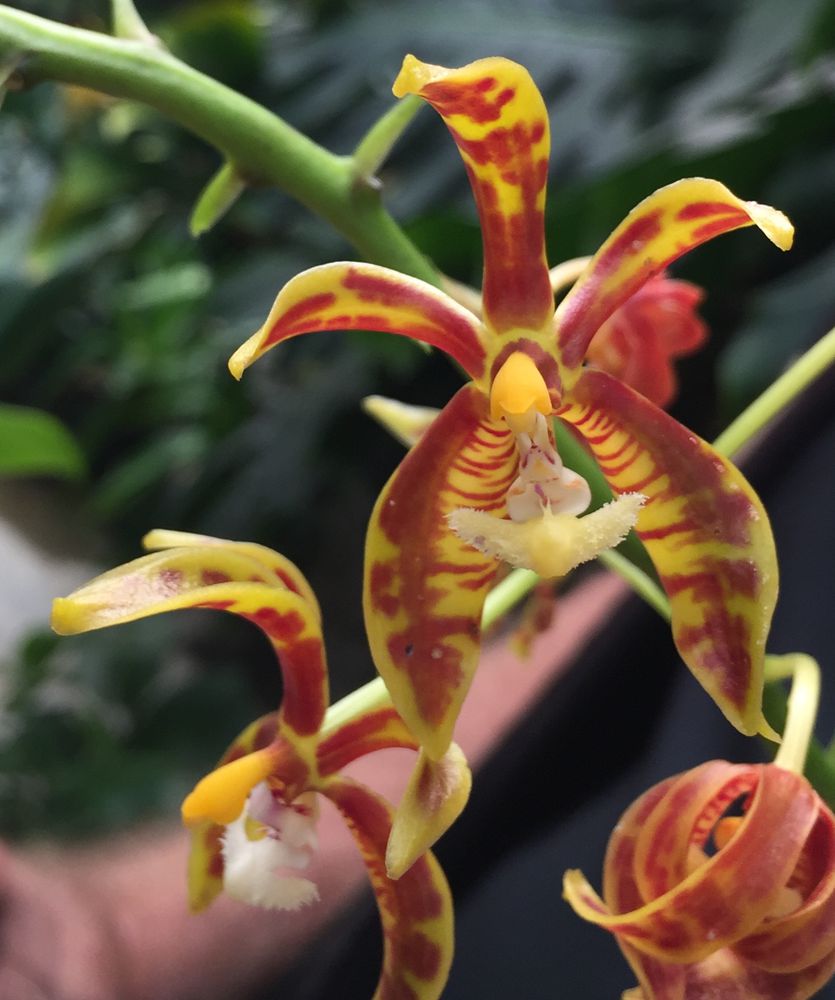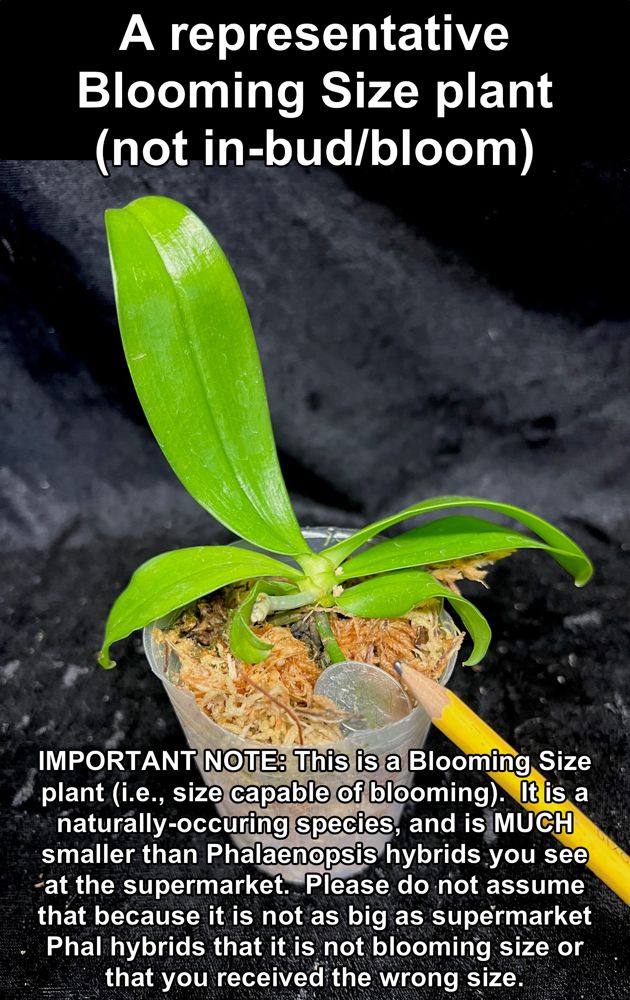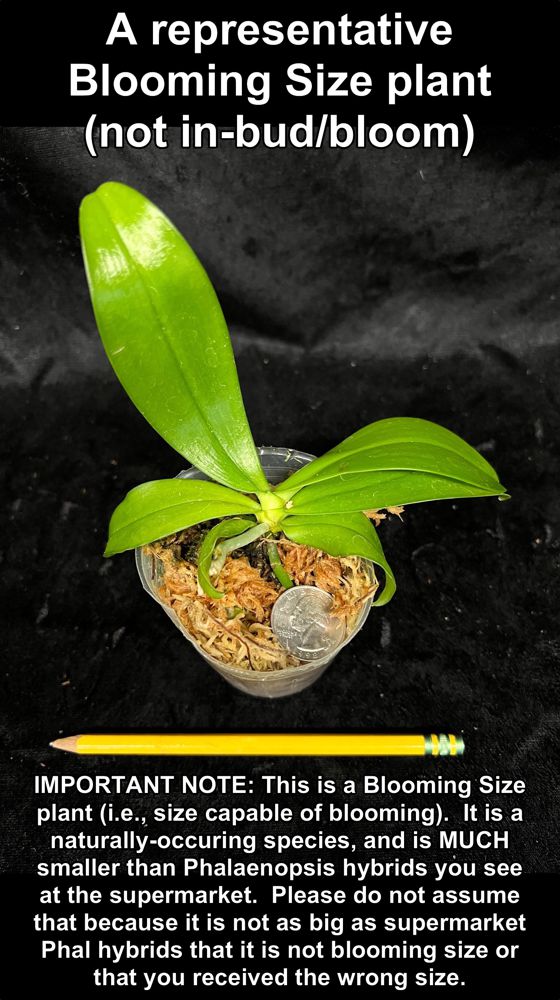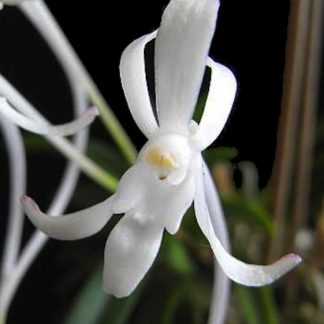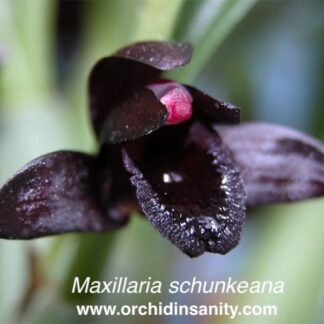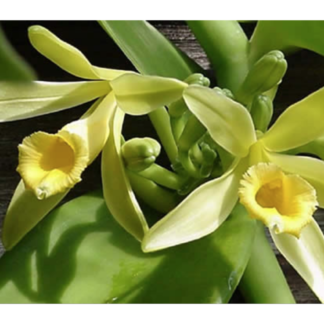Description
IMPORTANT NOTES:
***Please look at all the pictures carefully (and read the text in the photos) so you’ll know the sizes of the plants we’re offering in this listing.***
Have you been successful growing supermarket Phalaenopsis and want to try something new? Maybe you’re the orchid lady (or dude) that everyone dumps their struggling Phals onto since you’re good at recovering them, but now you’re ready to graduate from supermarket plants to something new. Well, how about trying…Phalaenopsis? More specifically, Phalaenopsis species? Now, a brief note to educate those who are fuzzy on the difference between species and hybrid (which is most people, even those who think they know): species are what you find in the wild/jungle/nature. Hybrids are what people produce when they breed related species together and produce something that does NOT occur in nature. That’s it — pretty easy!
Phalaenopsis species blooms mostly look NOTHING like the mass-produced supermarket Phal hybrids. The species come from all over Asia, and have incredibly interesting flowers, growth habits, and fragrances. We’re offering one very striking type here, Phal mannii. The star-shaped blooms are intensely colored and patterned, unlike anything you’ll find at Safeway/Krogers/Lion, and they produce a citrusy fragrance, too! The diversity and richness of Phal species gets overlooked when hybrids can be found everywhere, but growing and blooming them is as rewarding as any other kind of orchid, and successful Phal hybrid growers generally will find the transition to growing the species pretty easy.
How to grow:
1) Moderate shade (avoid prolonged direct sun). Keep humidity high for best growth.
2) Water once to twice a week; let dry between waterings.
3) Use NZ Sphagnum Moss or chunky bark for plenty of aeration at the roots.
4) Fertilize twice per month.
5) Avoid temps below 50 F; temps into the 90s F or even over 100 F are tolerable if kept shady and well-watered
